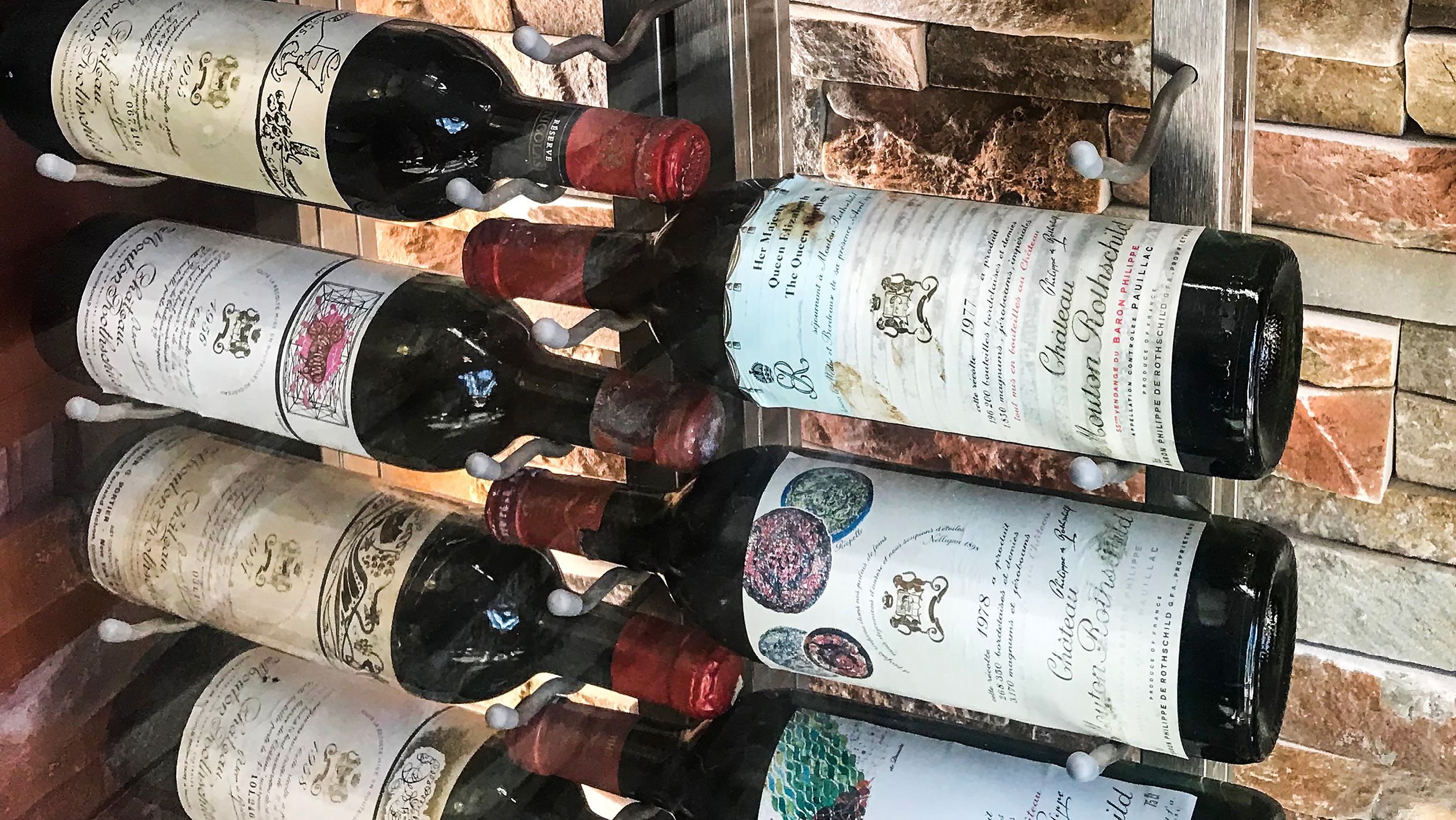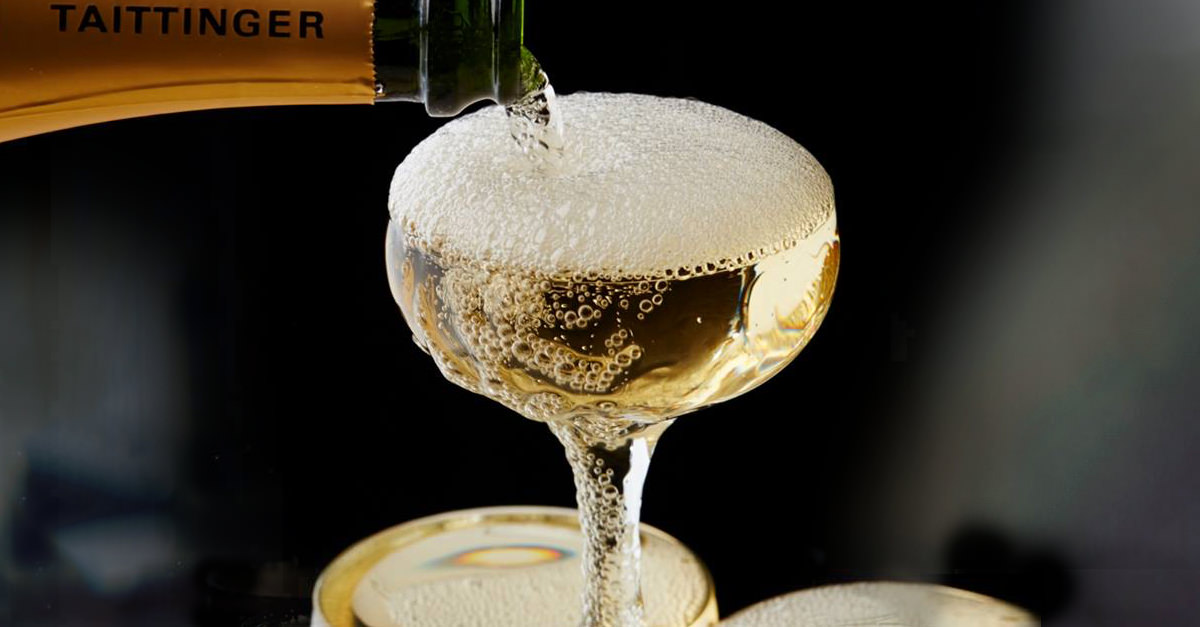Wine, an elixir of the gods, has fascinated humanity for millennia. With an intricate blend of flavors, aromas, and textures, wine offers an unparalleled sensory experience. Among the myriad factors that influence wine’s quality, the concept of vintage versus non-vintage stands out.
Wine connoisseurs often find themselves debating the merits of vintage versus non-vintage wines. Understanding these terms and their implications is crucial for making an informed choice. This post aims to clarify the distinction, exploring the nuances of each type and guiding you toward selecting the wine that best suits your palate and occasion.
What is Vintage Wine?

Vintage wine refers to wine made from grapes harvested in a single, specified year. The term “vintage” denotes the year in which the grapes were picked, and it is prominently displayed on the wine label. Vintage wines are particularly common in still wines, Champagne, and fortified wines like Port.
Characteristics of Vintage Wine
- Uniqueness: Each vintage wine is unique, influenced by the specific weather conditions of the harvest year.
- Quality Variation: The quality can vary significantly from year to year due to climatic factors.
- Aging Potential: Vintage wines often have excellent aging potential, developing complex flavors over time.
- Terroir Expression: Vintage wines express the terroir – the unique characteristics of the soil, climate, and geography – of the vineyard in that specific year.
What is Non-Vintage Wine?

Non-vintage wine is a blend of wines from multiple years. This blending process aims to create a consistent flavor profile, ensuring that each bottle tastes similar regardless of the year it was produced. Non-vintage wines are prevalent in Champagne and other sparkling wines, as well as in some fortified wines like Port.
Characteristics of Non-Vintage Wine
- Consistency: The primary goal is to maintain a consistent taste and quality across different batches.
- Reliability: Consumers can rely on the non-vintage wine to deliver the same flavor profile each time.
- Immediate Enjoyment: Non-vintage wines are often crafted to be enjoyed upon release, without the need for extended aging.
- Cost-Effectiveness: Generally, non-vintage wines are more affordable than their vintage counterparts, making them accessible to a wider audience.
Pros and Cons of Vintage Wine
Pros
- Unique Flavor Profiles: Each vintage offers a distinct taste, reflecting the year’s specific conditions.
- Investment Potential: Certain vintage wines can increase in value over time, making them a potential investment.
- Aging Potential: Many vintage wines improve with age, developing more complex and nuanced flavors.
Cons
- Inconsistency: Quality can vary significantly between vintages, making it a gamble for consumers.
- Higher Cost: Vintage wines are often more expensive due to their unique nature and limited production.
- Limited Availability: Not all years produce a vintage wine, particularly for premium brands.
Pros and Cons of Non-Vintage Wine
Pros
- Consistency: Non-vintage wines offer a reliable taste profile, providing consistency for consumers.
- Affordability: Generally more affordable than vintage wines, making them accessible to more people.
- Immediate Enjoyment: Typically ready to drink upon purchase, without the need for aging.
Cons
- Lack of Uniqueness: Non-vintage wines lack the distinctiveness of vintage wines, offering less variety in flavor profiles.
- Perceived Lower Prestige: Often considered less prestigious than vintage wines, which can impact perception.
Choosing Between Vintage and Non-Vintage

The choice between vintage and non-vintage wines ultimately comes down to personal preference and the occasion.
- For Special Occasions: Vintage wines are ideal for special occasions or celebrations where you want to enjoy a unique and potentially superior wine.
- For Consistent Enjoyment: Non-vintage wines are perfect for regular enjoyment, offering reliable quality and flavor.
- For Collectors and Investors: Vintage wines can be a worthwhile addition to a collection, potentially increasing in value over time.
- For Casual Drinkers: Non-vintage wines provide a dependable and cost-effective option for everyday drinking.
Impact of Climate and Terroir
The terms “climate” and “terroir” are integral to understanding the distinction between vintage and non-vintage wines.
Climate
Climate refers to the overall weather conditions in a wine-growing region, including temperature, rainfall, and sunlight. These factors greatly influence grape development and, consequently, the wine’s flavor profile.
- Warm Climates: Often produce riper grapes with higher sugar content, leading to fuller-bodied wines with higher alcohol levels.
- Cool Climates: Typically yield grapes with higher acidity and lower sugar levels, resulting in lighter, more acidic wines.
Terroir
Terroir encompasses the unique combination of soil, climate, topography, and human influence in a particular vineyard. It significantly impacts the characteristics of the wine.
- Soil: Different soil types (e.g., clay, limestone, sand) contribute distinct minerals and nutrients to the grapes, affecting flavor and structure.
- Topography: The vineyard’s slope, altitude, and aspect (direction) influence sun exposure and drainage, impacting grape quality.
- Human Influence: Viticultural practices, such as pruning and harvesting techniques, play a crucial role in shaping the wine’s final profile.
Conclusion
In the world of wine, the debate between vintage and non-vintage is both fascinating and complex. Vintage wines offer unique, terroir-driven experiences that vary with each harvest, making them prized by connoisseurs and collectors. Non-vintage wines, on the other hand, provide consistent quality and flavor, appealing to a broad audience seeking reliability and value.
I’m Chen Mina, from Vol de Nuit, who has a special passion for bartending, especially mixing wine, beer, and cooktail. Here you will find content about alcoholic beverages, I will bring you knowledge that few people know about this drink.





